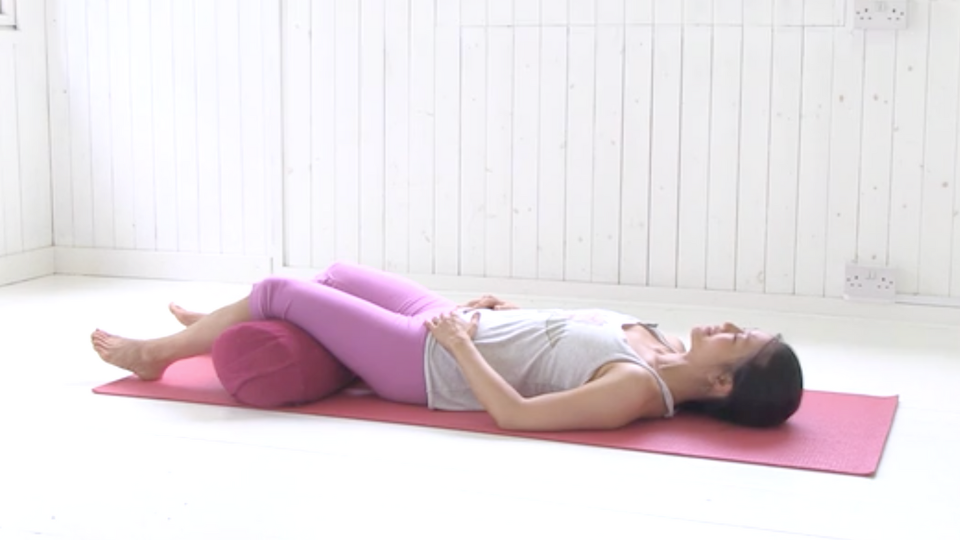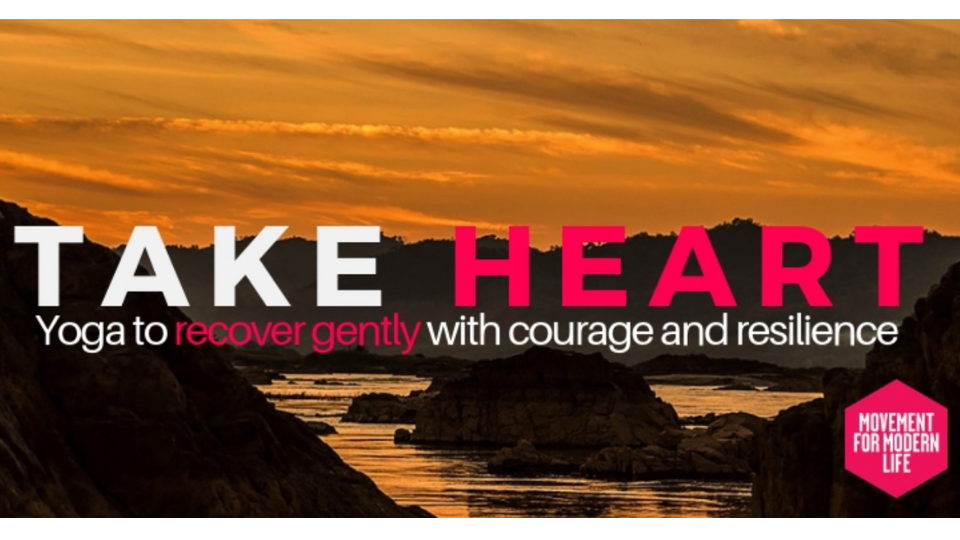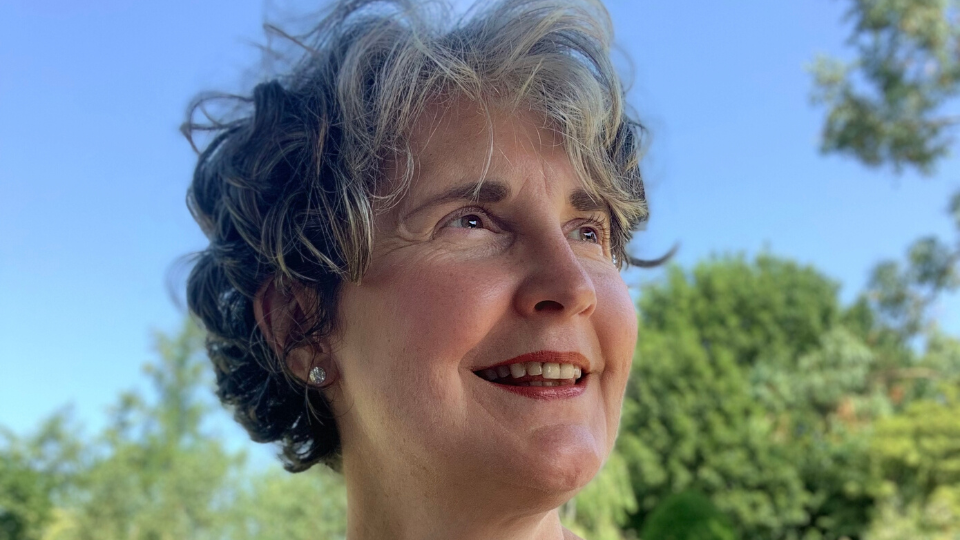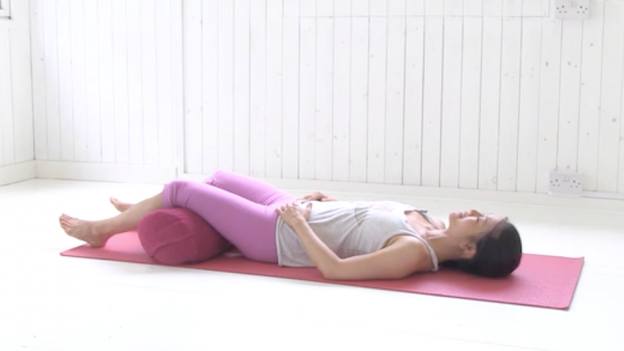
The best Yoga poses and classes you can do that are low to the ground. The perfect classes for when you need to take rest and go slow.
When we are tired it’s important to give ourselves permission in our yoga practice to lay down and rest! Read on for a variety of ways to practice low to the floor and yoga poses lying down.
Another weekend newspaper supplement… and there is yet another feature on how to ‘beat fatigue’, banish long Covid’ or ‘kick viral infections into touch’. Notice the combative language! I’m sure I’m not alone in growing up in times where, unless my arm was hanging off, no amount of ‘feeling off colour’ was enough to warrant time off school to rest. Of course, times have changed and most of us are aware that there are more gentle approaches, ones more in tune with our bodies, to help rejuvenate us back to health and vitality. Yet the media persists with this combative language and the ensuing list of 10 or more things we MUST DO to FIGHT the way we are feeling.
The concept of ‘disease’ in our body tends to position the ‘problem’ as something external. The disease (for example fatigue, Covid, cancer) is attacking our body and we must engage in a battle to see it off. There is growing acknowledgement that disease in the body can, in some cases, arise from dis-ease – a state of internal disharmony in the mind and body which creates the conditions for disease to manifest. For example, in his book ‘The Body Keeps the Score’, Bessel Van Der Kolk examines how traumatic experiences and ensuing conditions such as Post Traumatic Stress Disorder (PTSD) impact both mental and physical health. The chapter on yoga explores the importance of reconnecting with the body to enable healing to take place.
Read more about yoga for stress and anxiety in this complete guide
Meet your body where it is – Learn to listen
One simple approach that can help with dis-ease is to befriend our body and meet it where it is. Yoga poses lying down, where we are held by Mother Earth, can be a valuable starting point to help tune in to what is going on for us right now.
“Let yourself go with dis-ease, be with it and keep it company. This is the way to be rid of it.”
Bruce Lee, Martial Artist and Philosopher
Read on to discover our top suggestions for yoga poses lying down. Find out more about restorative yoga that can be done at any time of the day. If you are managing chronic conditions, or recovering from an acute bout of illness, there are also some courses you can do at your own pace to nurture yourself back to wellness.
YOGA POSES LYING DOWN: PASSIVE OR ACTIVE, SUPINE OR PRONE?
The answer, of course, is all of the above! When we practice lying down we may be in a supine (face-up) position or prone (face down).
Postures which are restorative tend to be more passive in nature. The goal is to relax the body and yield to the earth.
Three PASSIVE yoga poses lying down
These passive poses invite introspection and help downregulate the nervous system:
Savasana (Corpse Pose)

This is the ultimate supine position and often features at the end or class to allow the benefits of the class to be integrated. Corpse Pose can also be practised on its own at any time. It allows us to let go of tension in the body and direct our attention inwards. Props can be used as shown to achieve the most comfortable possible position. Release tension in the body and stay here for a minimum of 5-10 minutes as you focus on the breath.
This short class, The Sacred Pause, explores two different variations of Savasana.
Salamba Balasana (Supported Childs Pose)

The prone nature of this yoga pose encourages a feeling of safety because the front of the body is protected. It supports an inward focus and quieting of the mind, as well as facilitating a back body breath. Oxygen absorption in our lungs is via the alveolar capillaries, and the highest concentration of these is in in the back, lower part of the lungs. Therefore, breathing into the back of the body is most efficient. Stay for as long as you wish and remember to turn your head both ways during this time.
Viparita Karani (Practice of Inversion Pose, or Legs up the Wall Pose)

The most important aspect of this inversion is that the feet are above the level of the heart. Straight legs may be ‘up against the wall’ or the feet can be resting on a chair (like the picture). Viparita Karani can boost energy when tired, yet ground us if we’re feeling jittery. It reduces water retention in the ankles and legs if held for long enough. Overall, a great rejuvenator! Check that your body feels comfortable then close your eyes and relax, breathing deeply for several breaths.
Three ACTIVE yoga poses lying down
There are times when you may want to be lying down, but have the energy to practise something more active.
These yoga poses are still lying down but actively engage muscles in certain areas of the body:
Supta Padanghustasana II (Reclined Big Toe Pose II)

This pose works strongly on the legs and hips to build strength and develop flexibility. Doing this pose you can use a strap (see image) to make it more accessible. It also enables the integrity of the foundation of the pose to be maintained. If you prefer, bend the base leg and place the foot to the floor. You can place a block or thick book alongside the outer hip for support as the raised leg extends over to the side.
Setubandha Sarvangasana (Bridge Pose)

Bridge pose has a number of variations. Without props it is an active back arch. It opens the heart, chest and shoulders and awakens the senses. It can also strengthen the back, legs and ankles. If you use props (such as bricks, blocks or a bolster) the pose is supported and becomes a more restorative version.
Jathara Parivartanasana (Revolved Abdomen Pose)

This supine twist strengthens the abdominal muscles and provides a release for the back. It also twists or ‘wrings’ the abdominal organs to help improve circulation through the gut. You can use a bolster or cushion underneath the pelvis if the lower back feels compressed.
This class with Petra Coveney, Awakening to Yourself, features a number of supine poses, including Revolved Abdomen Pose.
RESTORATIVE YOGA: A VALUABLE LESSON IN HOW TO REST!
Restorative yoga mainly comprises yoga poses lying down. Those of us who usually prefer a more dynamic practice can think of it as ‘Radical Rest’! In restorative yoga we use props to provide comfort so that our body can yield to gravity and experience the stillness and release that this brings. This helps to calm the nervous system, enabling the body to access the parasympathetic ‘rest and digest’ state. It is essential to be in ‘rest and digest’ in order to restore balance to the body and for healing to take place.
Adrianna Zacardi offers a range of restorative classes. In this short video she explains what restorative yoga is, ways in which it can impact your wellbeing and how to find suitable props from everyday objects in your home. You can listen to her Champions of Change podcast on restorative yoga with MFML Founder, Kat Farrants.

Try this nourishing and restorative practice for cultivating vitality. A delicious sequence of yoga poses lying down, designed for you to practise in the morning to generate presence and vitality for the day ahead.
Also try these restorative yoga classes with Adam Hocke, that only require one blanket as a prop:
WHAT COURSES CAN I DO?
Chronic conditions and acute bouts of illness may leave us with ongoing symptoms such as persistent pain, fatigue or aching joints. In these circumstances it’s not advisable to leap back into any yoga (or fitness) routine where we left off. Yoga teaches us to be curious about what is going on in our body and to meet what we find with kindness and compassion.
A helpful way to manage and recover from illness is to follow a course that introduces gentle movement (with poses that stay close to the ground), breathwork and meditation. By starting where we are at, we can progress gently and help our bodies to heal.
Gentle Yoga for Times of Illness

This series of classes can be taken entirely at your own pace, in your own time, with themes to help with fatigue, anxiety, stiffness and muscleloss caused by having been bed-bound due to illness. The course includes:
- 3 In-depth Audio Interviews with Nutritionist, Toral Shah; senior teacher, Lizzie Reumont; and Yoga for Cancer specialist and scientist, Barbara Gallani.
- Articles to help you to navigate through times of difficulty.
- Recipes for wellbeing by Toral Shah of the Urban Kitchen.
- 27 Yoga/Gentle Movement Classes to support you with anxiety, fatigue, to build immunity, to lift your mood, to sleep better, to improve joint health and circulation and to gently strengthen.
Take Heart & Recover Gently

This course helps you build courage and resilience for life’s challenges. It is designed to help you recover from periods of high stress, illness, or general life challenges. In times like these our yoga practice can support us to develop physical, emotional, mental and spiritual courage to face our fears and build our strength as we recover our sense of self and of health.
The series comprises accessible classes which focus on restoring equilibrium, encourage lymphatic flow and invite a sense of peace, so it is perfect for:
- Supporting recovery from illness
- Suitable for cancer survivors
- Life’s challenges
- Periods of stress
- Building courage and resilience
- Recovering from unexpected life changes
- Calming and centring.
Read more in Yoga for Stress and Anxiety: A Complete Guide
A FINAL THOUGHT
Simply lying down on the back and tuning into the body and breath can be a great way to start any somatic (movement) practice. Your body is talking. Are you listening?

Author: Helen Krag. Helen is a health and wellness enthusiast; observer of human behavioural change; yoga teacher trainee; passionate traveller; and lover of the outdoors.






Leave a Reply